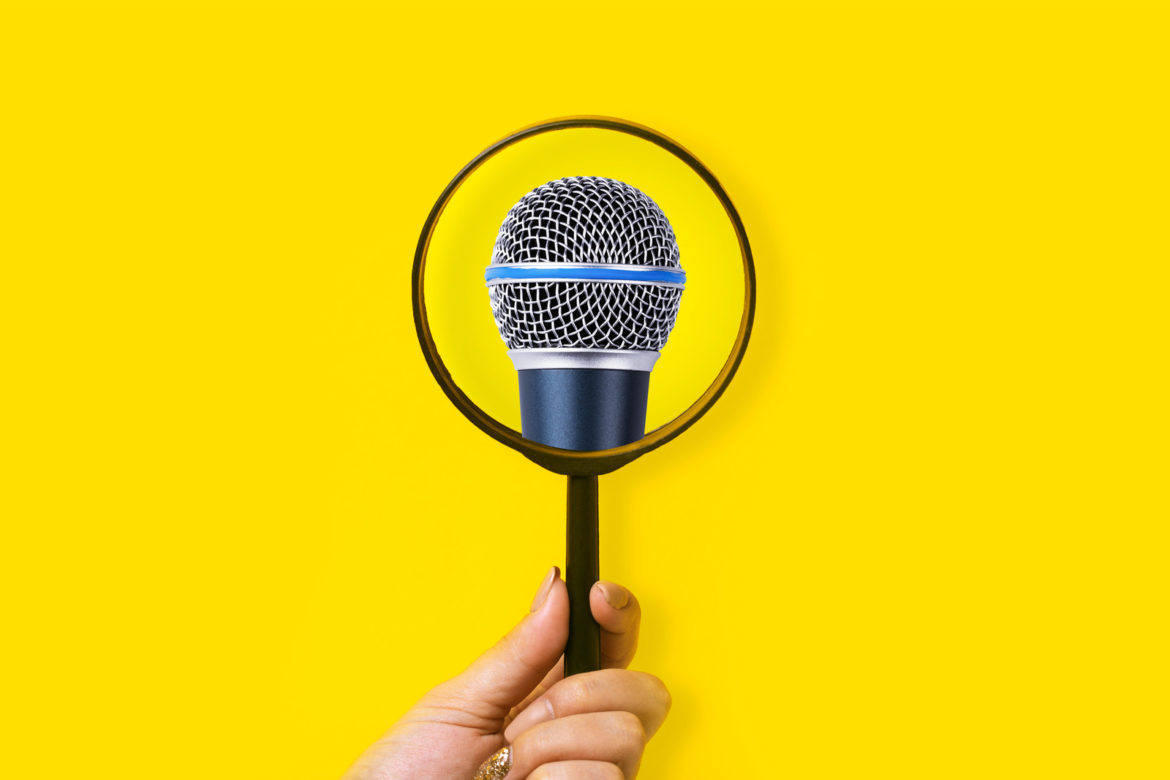|
Getting your Trinity Audio player ready...
|
Twitter, Clubhouse, Facebook, Discord, or Spotify?
When you are crafting an audio strategy for your newsroom today or making adjustments to it, there are three big areas you need to think about.
The first bucket is podcasting. If you are in a newsroom without a podcast I would strongly advise getting started with it (the same goes for newsletters but that’s a topic for a different column).
Nowadays, you can start podcasting for free. Anchor.fm, Acast, Libsyn, and many others offer free podcast hosting plans. You could almost say technology is not an issue, the main question remains content and distribution.
So, next, you have to decide if you want to enter the daily news (or another category) podcasting game or start slow with a weekly show. For newsrooms an interview show is a good starting point and it’s also a welcome format for audiences.
The second bucket is a bit more diverse, ranging from voice skills for smart speakers to audio articles which could be read by your colleagues who would read their own pieces (a strategy NY Times experiments with or Zetland in Denmark has adopted) or by text-to-speech engines like Veritone Voice or BeyondWords.
And the third bucket is live audio. Sure, live audio has been around for more than a hundred years since Guglielmo Marconi, Oliver Lodge and others have made practical use of Heinrich Hertz’s invention of radio waves.
Albeit with the Internet, it is not as hard to start a digital radio as it used to be without it, it’s a fairly big project that is not for everyone. You can also build a podcast first radio, the tools are available.
But when I’m talking about live audio, I mean live digital audio events to engage with your audiences in real-time just by using your voice and one of the platforms available.
Clubhouse, Twitter Spaces, Messenger Rooms, Discord, and Spotify Greenroom
The most popular platforms your newsroom can use at the moment are Clubhouse, Twitter Spaces, Facebook’s Live Audio Room, Discord, and Spotify Greenroom.
I’m itching to write Clubhouse has been a pioneer at this front but it was actually Discord that was used for a live audio way before the popular audio app that has flown too close to the Sun.
Discord is a communication tool used primarily by the gaming community to chat while playing games. In 2021, Discord has been in talks to be acquired by Microsoft for at least $10 billion.
Discord has over 300 million registered users, offers mobile and desktop apps, also a web experience. Unlike Clubhouse it offers Slack-like text and voice channels and also has the option for streaming video.
I have recently used Discord for a live event for a tech podcast I host. During Apple’s unveiling of the latest products, I could use Discord to stream the event via the platform and be able to comment live and after it ended up having a live conversation with the listeners.
In some regards, Discord might appear as yet another platform and could be overwhelming at first as it has a myriad of features. But it is being used more and more by newsrooms, podcasters, and YouTubers to engage with their audiences.
Clubhouse has been the most popular name in live audio. Started as an invite-only audio app on iOS in 2020, it has fascinated many people during the pandemic using the exclusivity access and in some regards also the novelty of just how simple the app design was.
Today, Clubhouse is among a handful of social networks still not banned in Russia and is popular in Asia. The team behind the app has been iterating on the features and delivered easy recording of sessions or web listening with anyone without the need to download the app.
In the long term, it seems live audio is going to become just one of the features of a social network. Still, Clubhouse is a good alternative if your audience is willing to download a single-use app.
Twitter Spaces is one of the features Twitter offers and it’s no secret it was started after the early success Clubhouse has seen. The advantage of Spaces is that you have a built-in audience if you are an active Twitter user.
Both Clubhouse and Twitter Spaces offer recording options but you can also use Headliner’s Backstage tool to record and replay Spaces and Clubhouse Rooms. It’s free to use.
Facebook’s Live Audio Rooms and Spotify’s Greenroom (at the moment a separate app but according to Bloomberg soon to be renamed as Spotify Live and become part of the main app) are two other options with a fairly big userbase although I have never seen a newsroom using these two tools.
Which one should you choose?
In case you run a Facebook group Live Audio Rooms could be a natural option. If you are producing content that concerns culture and music, on Greenroom you might find new audiences.
PressGazzette and NiemanLab recently published good overviews of how publishers use Twitter Spaces, and what are the pros and cons.
Apart from the occasional use of Clubhouse, Twitter’s audio platform has taken over among journalists and newsrooms and seems to be the go-to live audio tool for news media.
Why Twitter Spaces? I believe the answer is simple – journalists are power users of the social network and is natural for them to speak there instead of writing. Also, news outlets usually have a big following on Twitter and if such account takes part in a Spaces conversation all of its followers get notified.
In case you are looking for a more versatile community-building platform, I would strongly recommend Discord.
This piece was originally published in The Fix and is re-published with permission.



